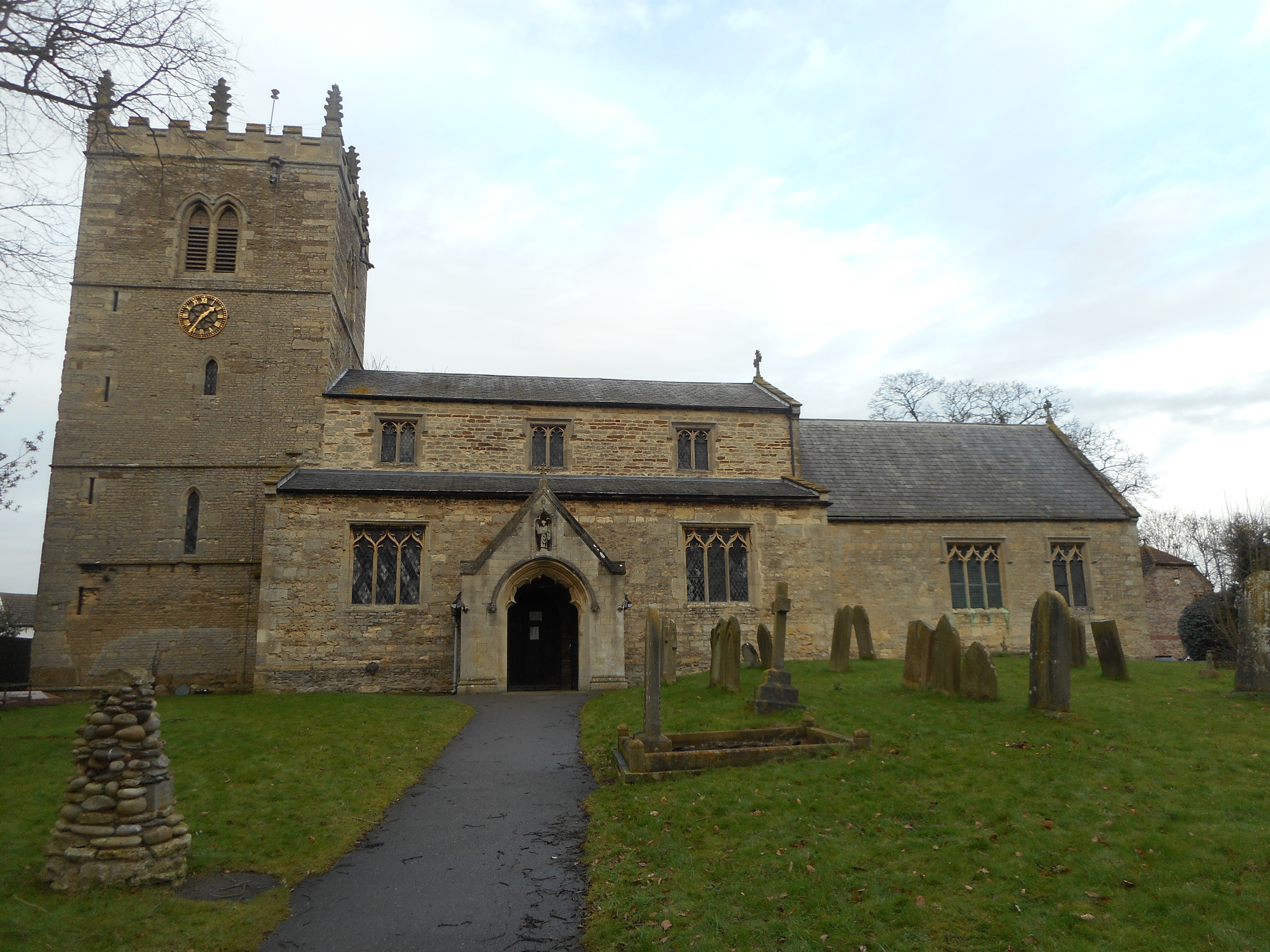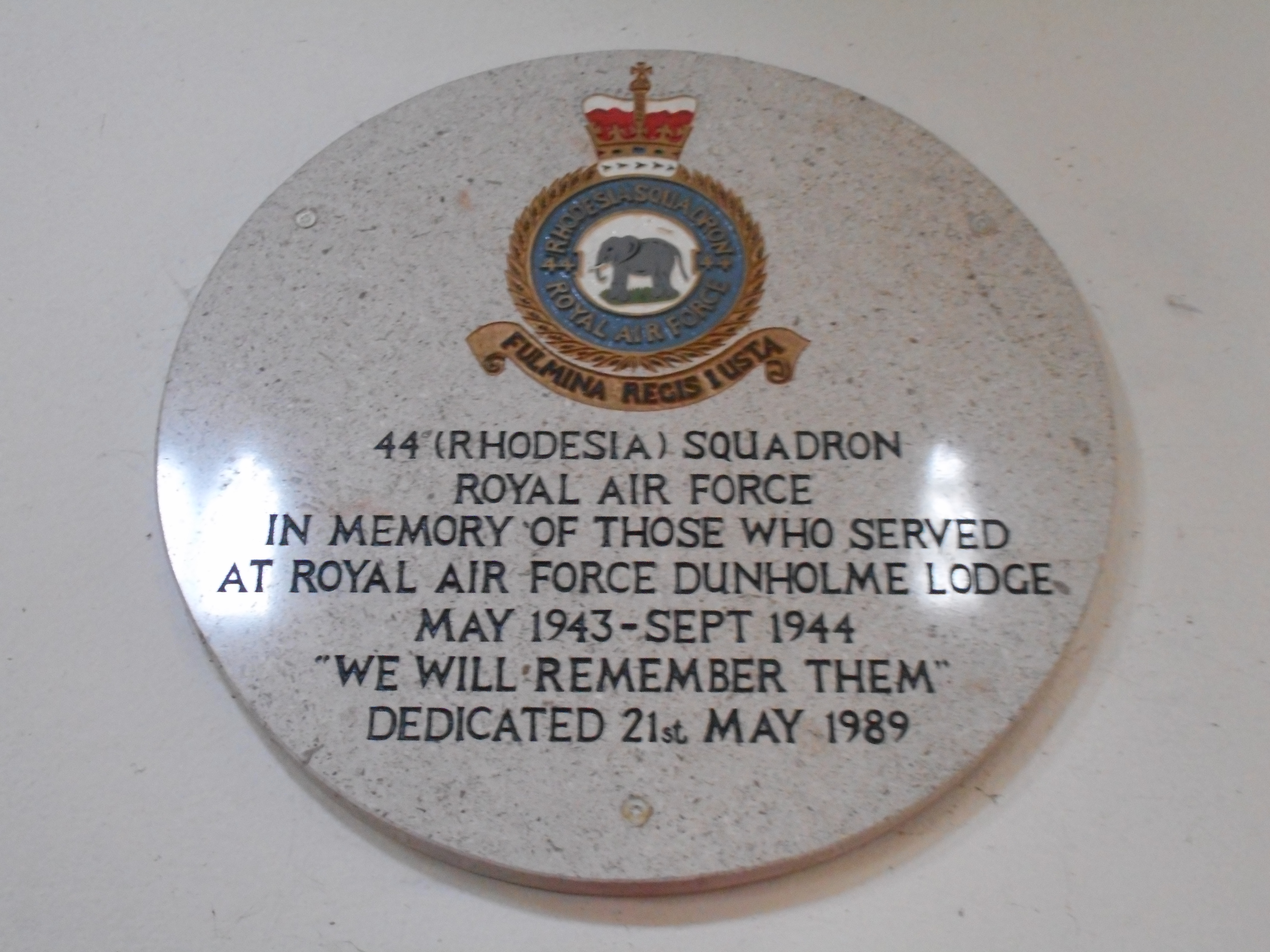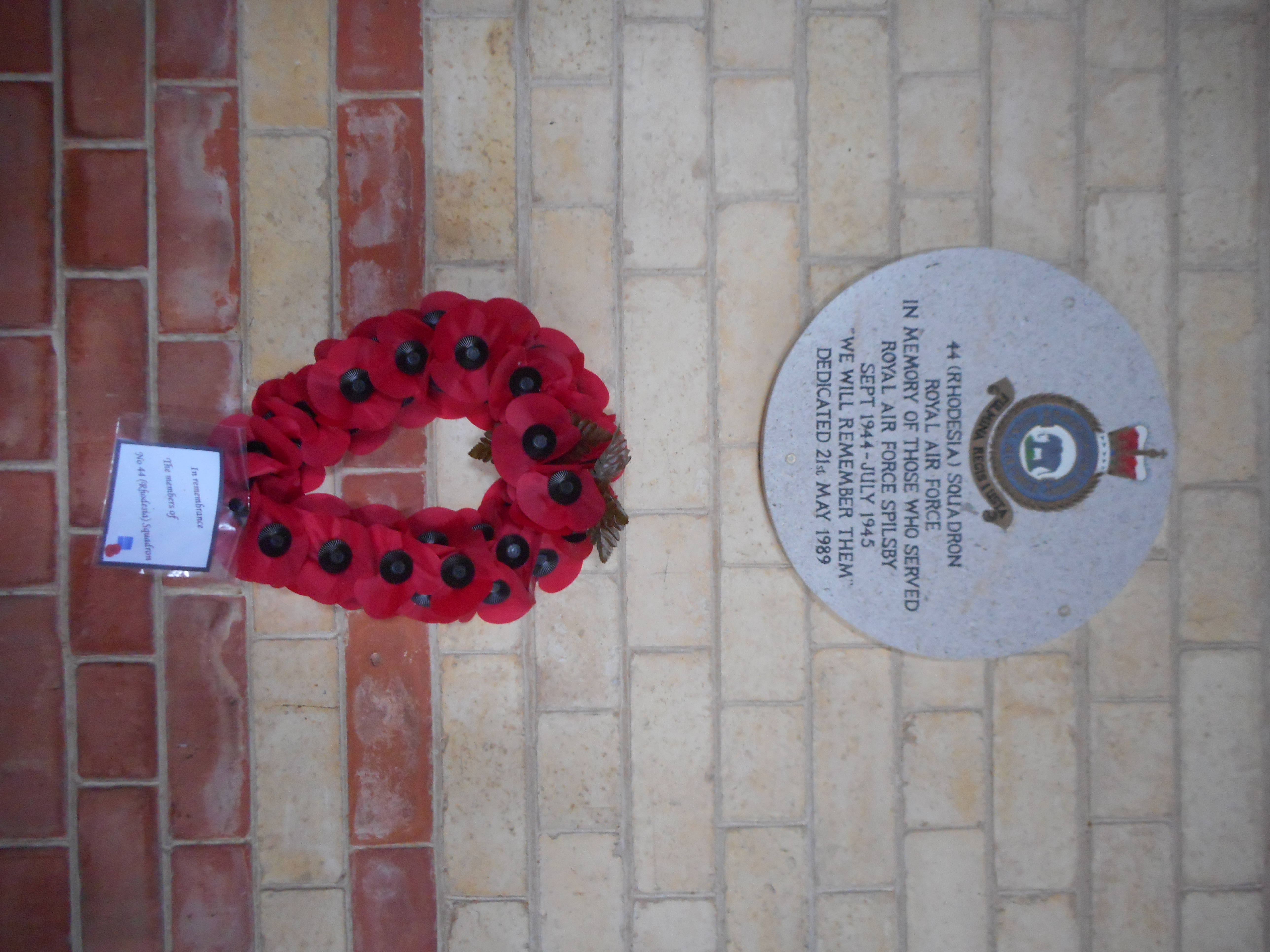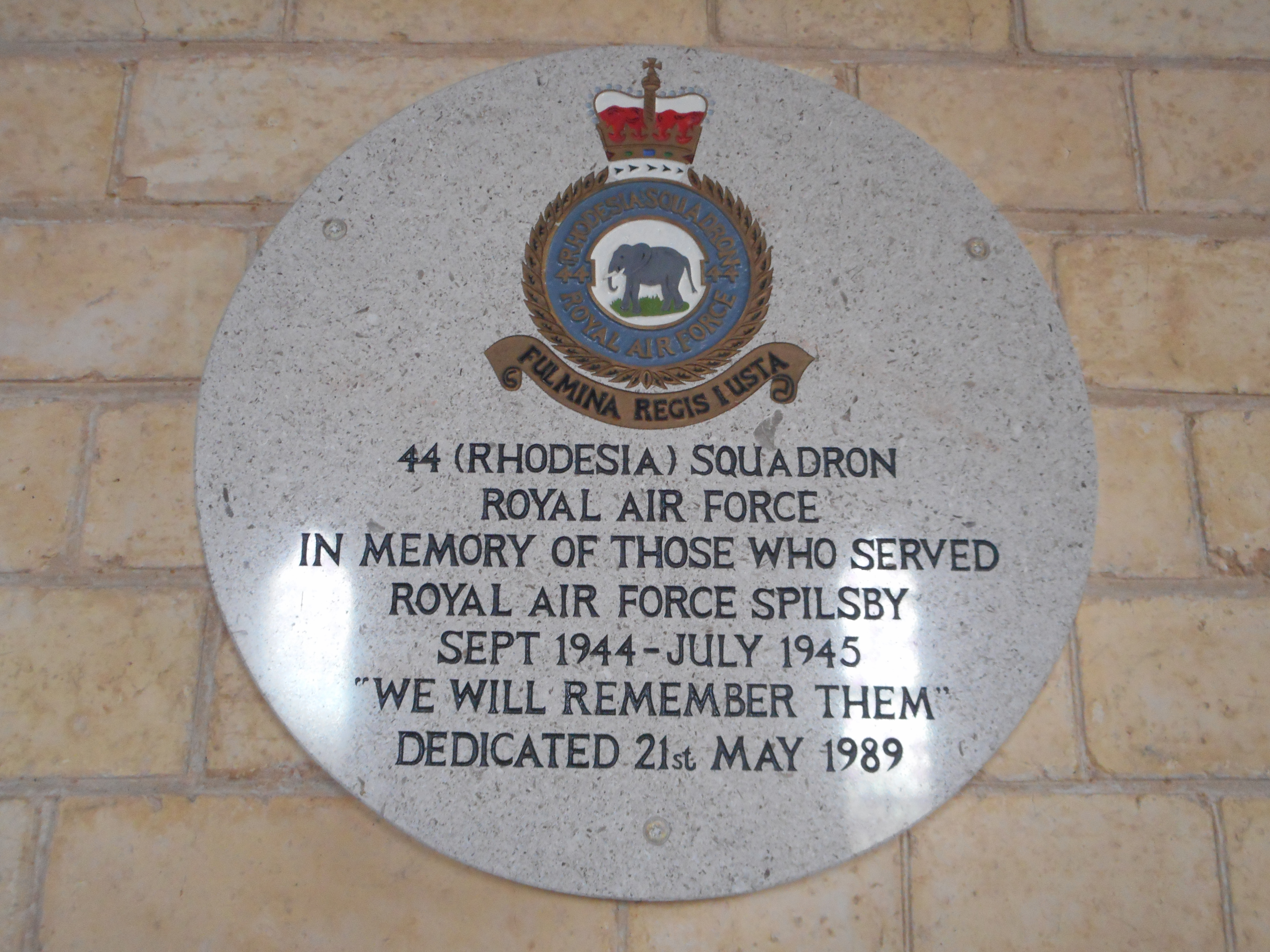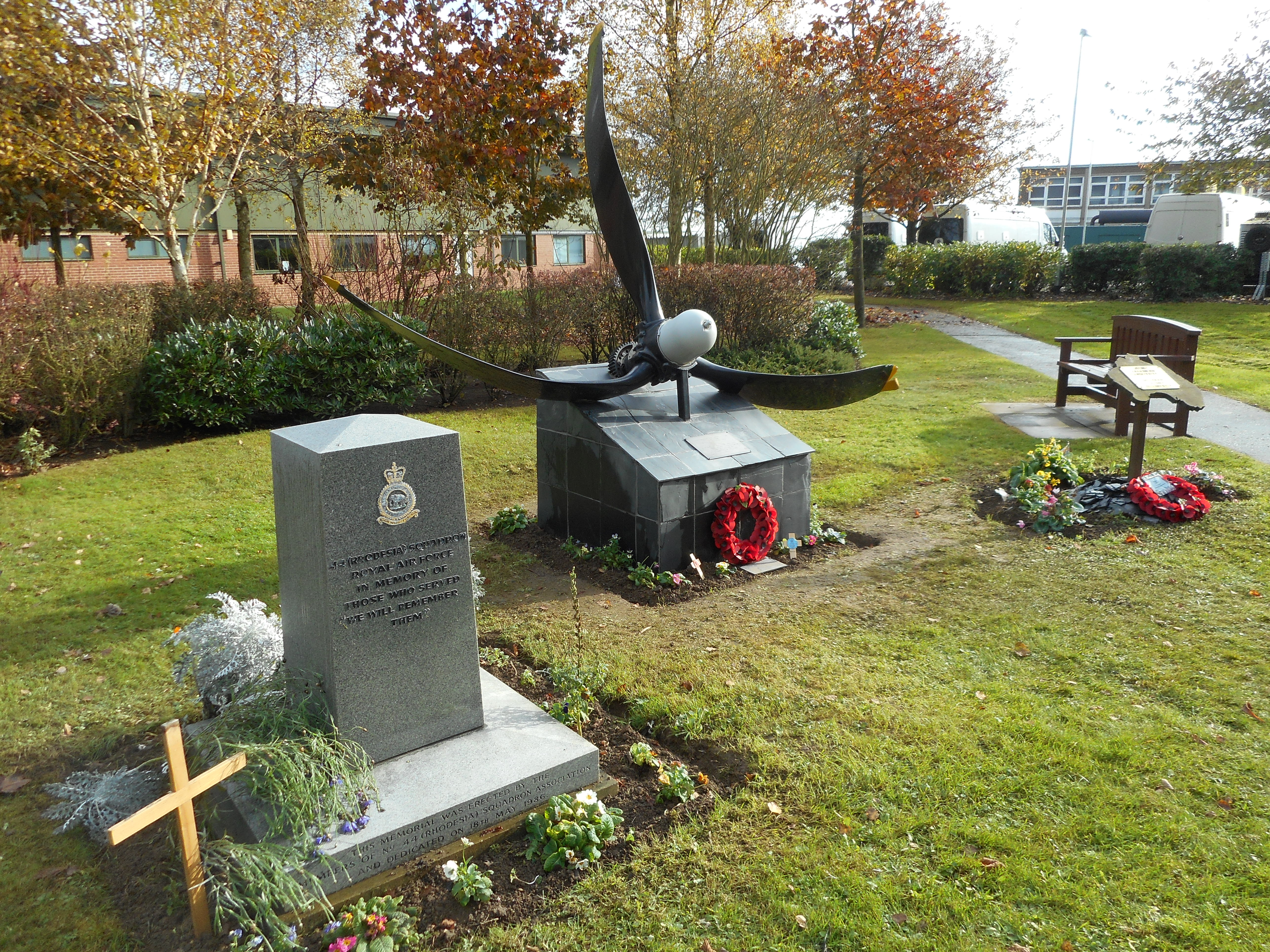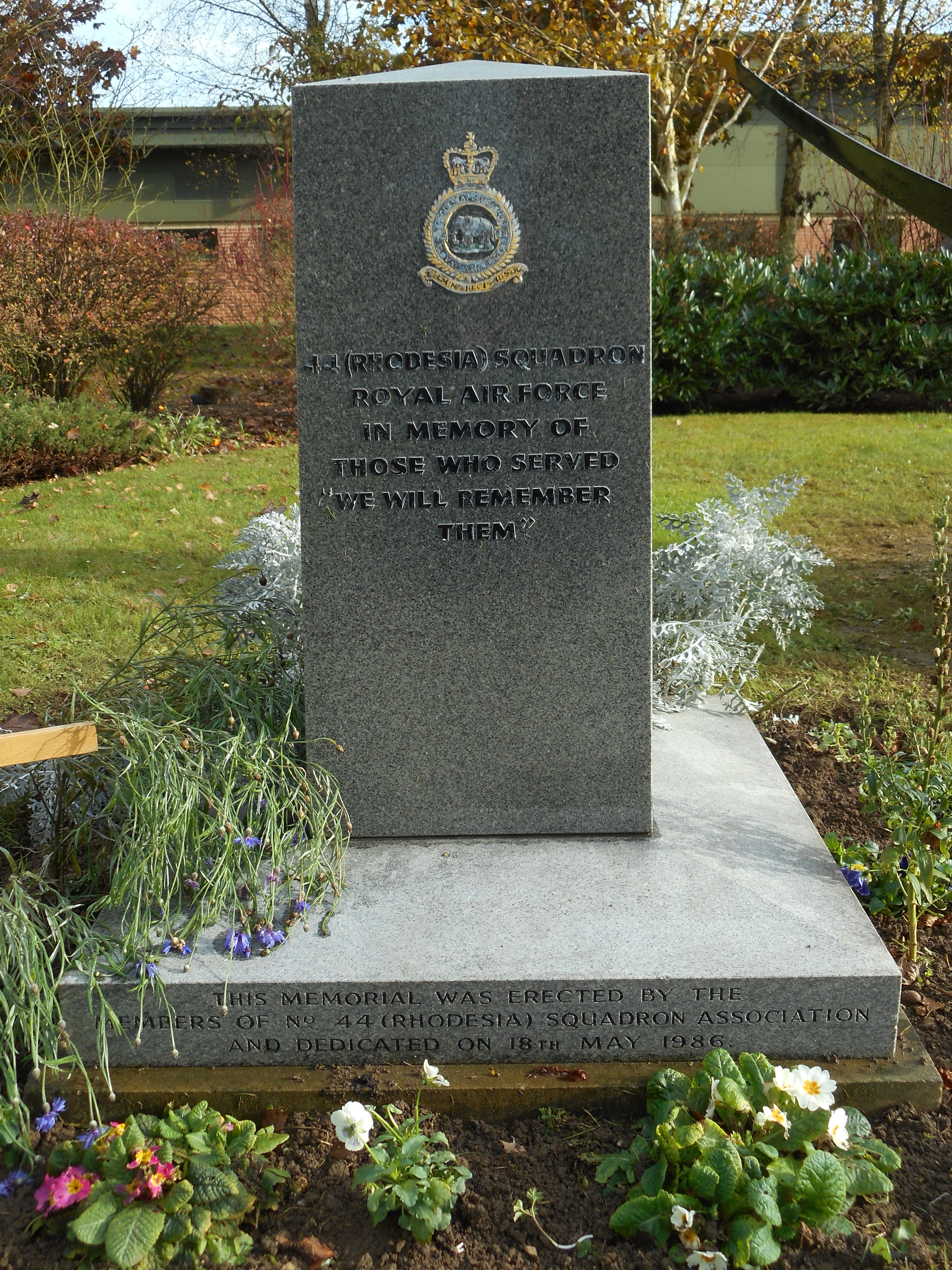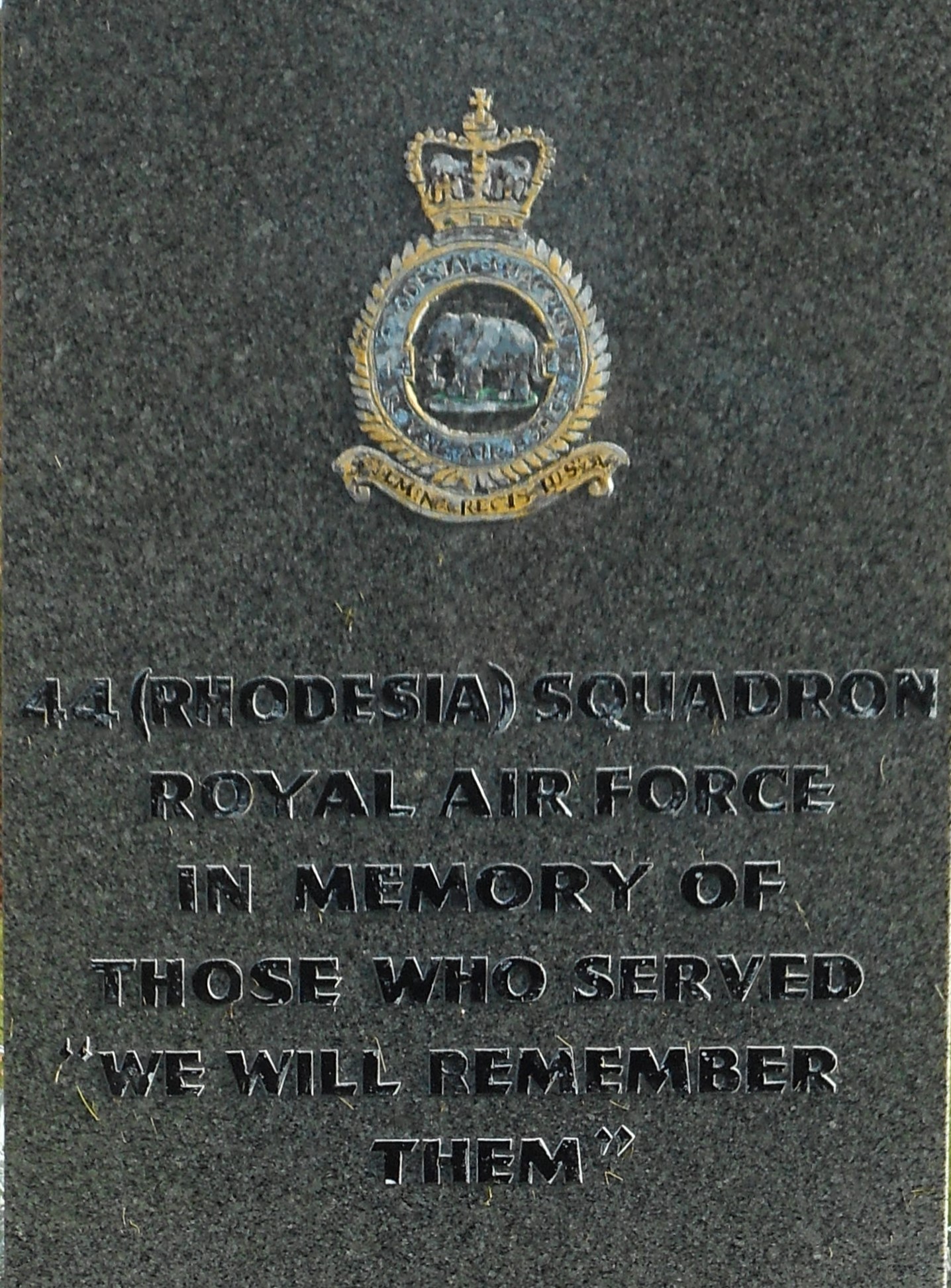Gregory, William Snowden
Personal Information
| Rank | W/O |
| Forename(s) | William Snowden |
| Surname | Gregory |
| Gender | M |
| Age | |
| Decorations | |
| Date of Death | 30-03-1945 |
| Next of Kin |
Aircraft Information
| Aircraft | Avro Lancaster I |
| Serial Number | R5905 |
| Markings | KM-R |
Memorial Information
| Burial/Memorial Country | Germany |
| Burial/Memorial Place | Hanover War Cemetery |
| Grave Reference | 4. J. 17. |
| Epitaph |
IBCC Memorial Information
| Phase | 1 |
| Panel Number | 42 |
Enlistment Information
| Service Number | 547263 |
| Service | Royal Air Force |
| Group | 5 |
| Squadron | 44 (Rhodesia) |
| Trade | Air Gunner |
| Country of Origin | United Kingdom |
Other Memorials
| Location | St. Chad's Church, Dunholme, Lincolnshire |
| Country | United Kingdom |
| Memorial Type | Inscribed Marble Tablet |
| Memorial Text | In memory of 44 (Rhodesia) Sqn. who served at R.A.F. Dunholme Lodge May 1943 - Sept. 1944 |
| Location | All Saints Church, Great Steeping, Lincolnshire |
| Country | United Kingdom |
| Memorial Type | Inscribed Marble Tablet |
| Memorial Text | In memory of those who served R.A.F. Spilsby in 44 (Rhodesia) Sqd. Sept 1944 - July 1945 |
| Location | Memorial Gardens, RAF Waddington, Lincolnshire |
| Country | United Kingdom |
| Memorial Type | Inscribed Marble Pillar |
| Memorial Text | In memory of those who served with 44 (Rhodesia) Sqn. "We will remember them" |
Miscellaneous Information
| Part of a crew which successfully baled out of a flak-damaged Lancaster over Denmark on September 24, 1942. The aircraft was flying too low for the crew to parachute to safety, so the load of incendiaries bombs was dropped and a wheels up landing was performed in a field near Madum at 01:40. The crew were unharmed. The rest of the night and the following day the hid and only in the evening they started walking. During the evening of 24/9 they arrived at “Øster Høgsbjerg” farm near Idum where they were well treated by Helga and Ulrik Jensen. They were given food and a place to sleep, and stayed until the next evening. On 26/9 around noon the flyers was seen in a barn near Tvis by the owner. He called the Danish police who in turn informed the German Wehrmacht about the whereabouts of the airmen. The Germans then arrested the airmen, but since they had nowhere to place them in the German barracks they were brought to the police station in Holstebro. Here they were guarded by two German Unteroffiziers until late in the afternoon when they were moved on. After being interrogated at Dulag Luft in Oberursel they were all sent to Stalag VIIIB Lamsdorf in Oberschlesien. After being interrogated at Dulag Luft in Oberursel they were all sent to Stalag VIIIB Lamsdorf in Oberschlesien. |
| The remainder of the crew survived and evaded capture in Demark for around 72 hours, having been helped initially by local farmers Ulrik & Helge Jensen. They were eventually turned in to the authorities by a less friendly farmer and were interrogated at the local police station for several days before being transferred to Dulag Luft for further questioning. All were transferred to Stalag Luft VIIIB Lamsdorf on 31 September 1942. Towards the end of the war they were subjected to the 'Long March' beginning 22 January 1945 and were finally liberated in early April. The crew were: Pilot 778587 William Valentine Rickards, Flight Engineer 644906 John William Hargreaves (PoW number 27126), Navigator 405031 Graham Houghton Roberts RAAF, Bomb Aimer 1377252 Charles Victor Thurley (poW number 27108), WOp/AG 919356 Albert Charles Stockley (PoW number 27122), Air Gunner 995675 John Bruce Vardy (PoW number 27178). |
Commonwealth War Graves Commission
The National Archives
Last Operation Information
| Start Date | 24-09-1942 |
| End Date | 25-09-1942 |
| Takeoff Station | Waddington |
| Day/Night Raid | Night (100% moon) |
| Operation | Wismar |
| Reason for Loss | Fell victim to flak guns on the west coast of Denmark and crash-landed near Madum, Denmark on 24 September 1942. All the crew initially survived. William Gregory died in captivity of an illness. His PoW number was 547263. |
